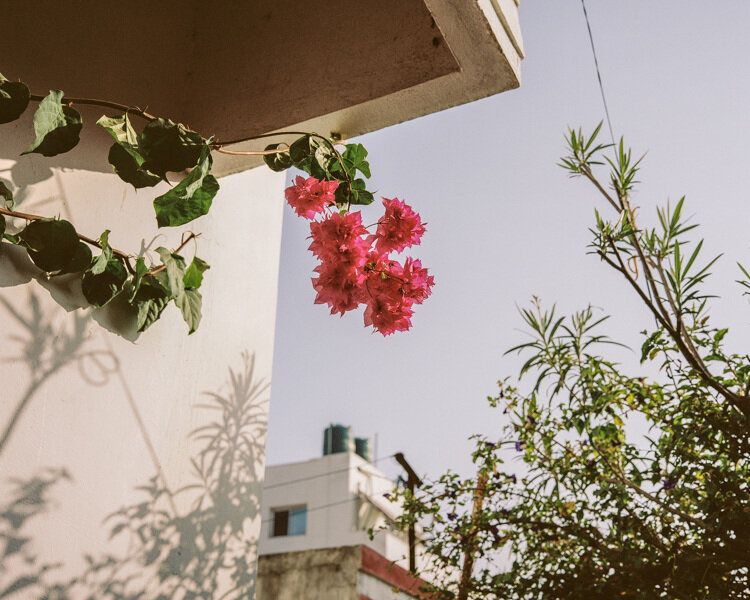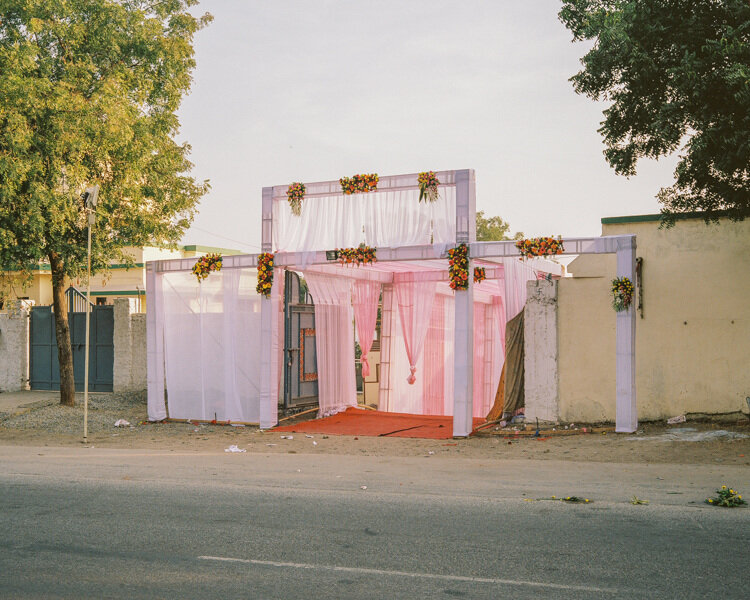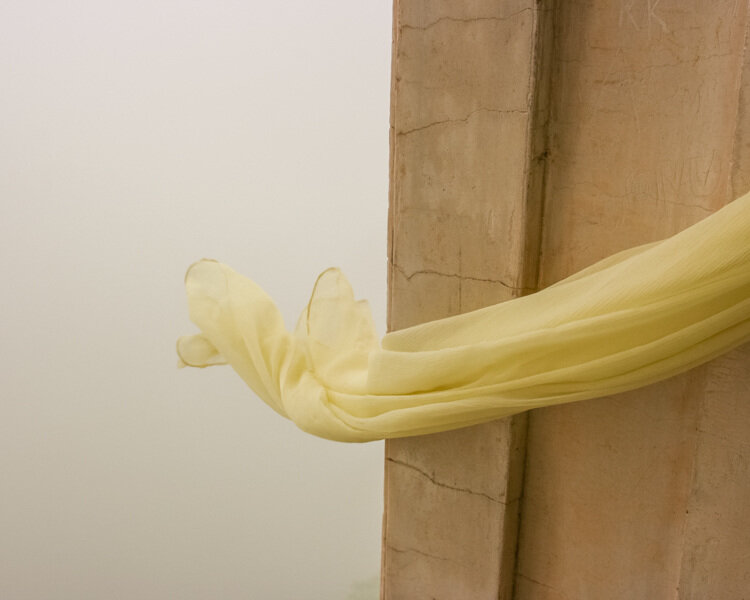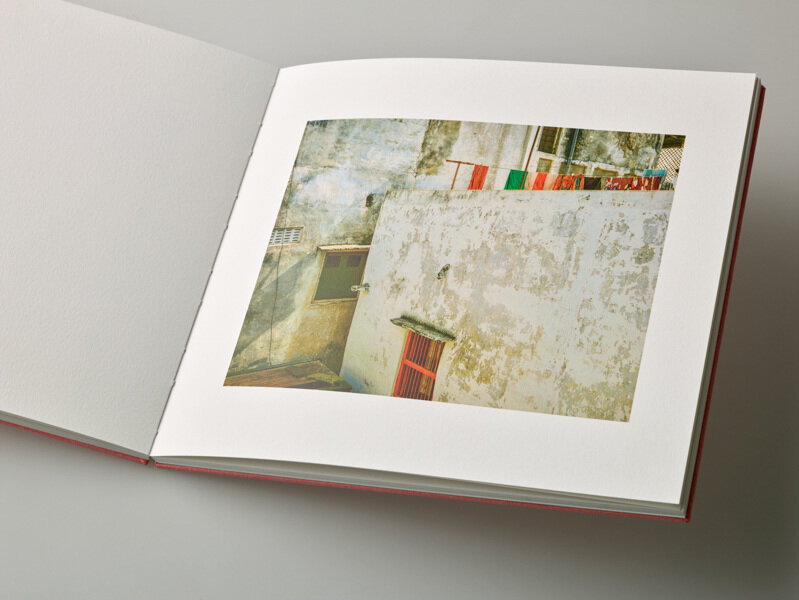BOOK REVIEW:
On Saleem Ahmed’s “Rani Road”
By Rafael Soldi | Published March 17, 2020 in Strange Fire Collective

All images courtesy of Saleem Ahmed
The book opens with quiet views of domestic spaces and empty streets looking over the water—blooming trees and flora in a gentle tug-of-war with the architecture. I can almost hear birds chirping. These are the streets of Udaipur, India, where Ahmed’s parents are from, and Rani Road borders one of the various lakes in Udaipur.
The pages interlace photographs made by Ahmed with old family photos.
“I took my own images during morning walks to Rani Road and the surrounding neighborhoods. I sometimes asked my mom to take me to the places she used to live or spend time during her childhood. I also asked my aunts, uncles, and cousins if I could scan their family albums. My time in Udaipur was all about gathering and creating, knowing that I would have to sort through everything when I got back to the United States.”
Initially, Rani Road was supposed to be a project about Ahmed’s mother, but “it evolved into a story about various female characters, including my grandmothers, aunts, and cousins. These women are the backbone of my community and I wanted to share my appreciation for them. Rani translates to ‘princess’.”








All images courtesy of Saleem Ahmed
“…Within seconds she escaped into a daydream. She found herself gazing across the waters of Fateh Sagar from Rani Road. It was her favorite view of the lake; a place she could come to disappear, even if it was only in her thoughts…”
This sense of abandon, of dreaming, is poignant during a global crisis forcing all citizens to isolate. In a recent interview Ahmed said, “I love to get lost—to take different routes to different places because it leads to something I wasn’t expecting to see.” It’s this freedom that I crave in this moment and in a strange way this book provides it. The pace of the edit has a wandering nature, as if we’re on a walk but stopping to observe a beauty from a time gone by.


